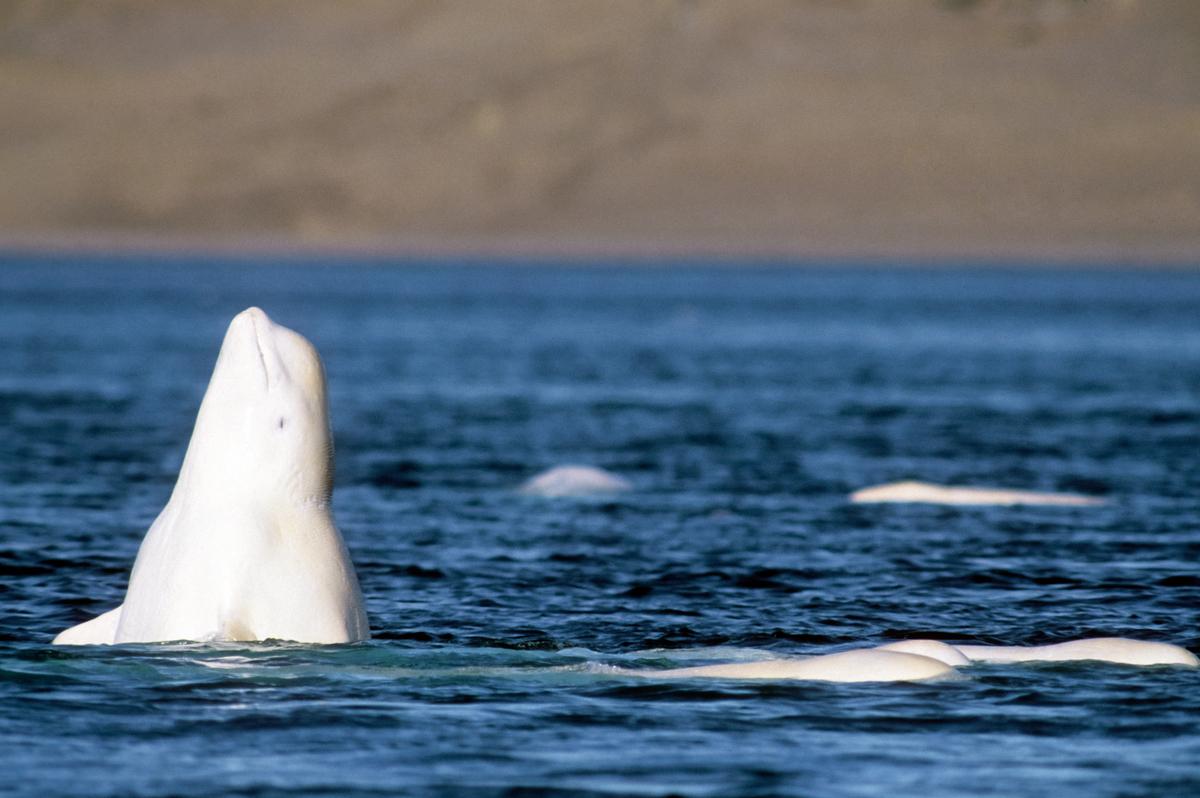
Online sales of Parks Canada merchandise will go to beluga whale conservation efforts this year/Parks Canada
When I went on a recent online shopping spree for Parks Canada merchandise — a retro cap, tote bags, headbands, playing cards, baby onesies — I did so feeling good that my purchases would help beluga whales in Quebec.
Parks Canada is still somewhat new to the world of “official merchandise.” Until 2012, most of the gift shops at its national parks and national historic sites were managed by third parties who sourced goods for resale. The federal agency unveiled official merchandise in 2012 and an online store a year later. Beginning in 2017 — once it was sure it could generate revenue — it has been reinvesting all ParksCanadaShop.ca proceeds into select conservation projects each year.
“To us it was really important because it became a message to the public to understand some of the work that happens in the background,” says Stéphanie Sirois, brand manager for the Parks Canada National Merchandise Program. “This was an opportunity to really speak of the science that was happening in the background — and that has resonated well.”
Consumers are becoming more aware of social issues, Sirois says, and this awareness drives purchasing decisions.
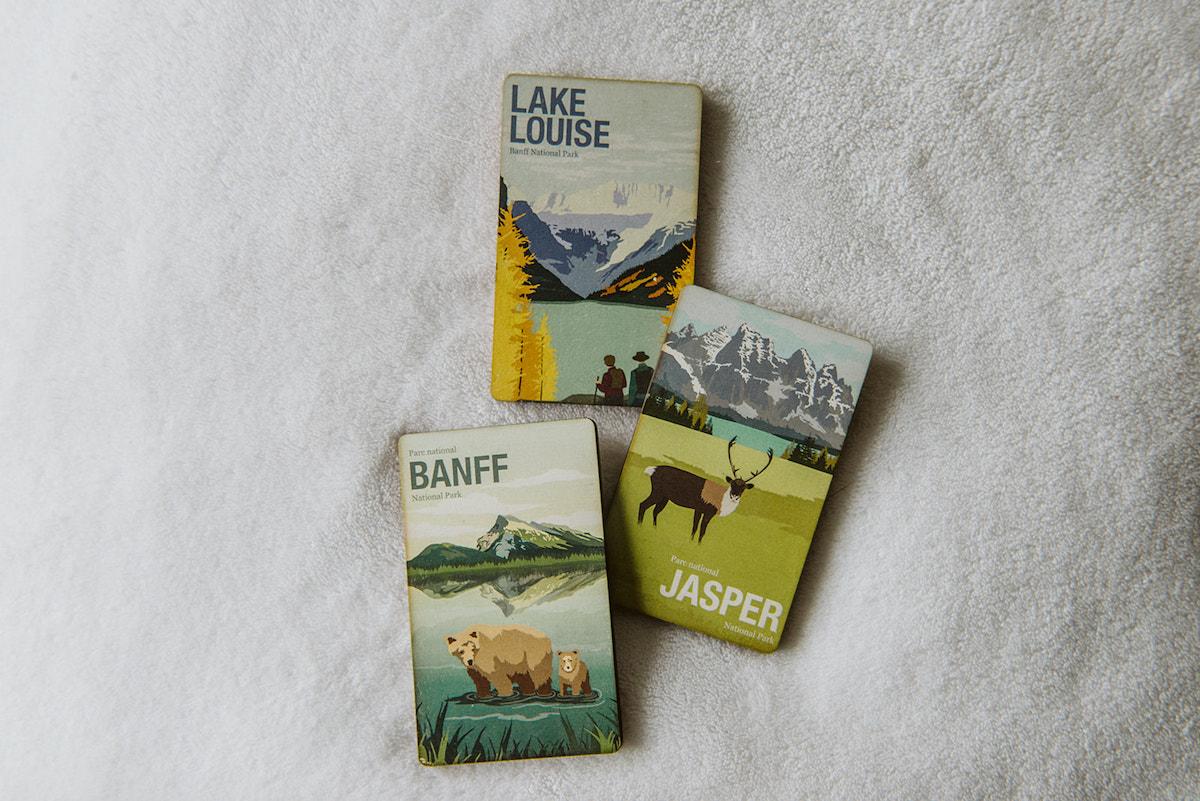
Online sales of Parks Canada merchandise will go to beluga whale conservation efforts this year/Parks Canada
This year, online purchases support the scientific monitoring of the St. Lawrence beluga whale at Saguenay-St. Lawrence Marine Park, a national marine conservation area in Quebec.
From the shore, the Parks Canada research team is studying how this endangered species socializes, feeds and rests. It also takes note of recreational boat and ship traffic. This monitoring will help staff better understand the beluga’s natural habitat and put strong conservation measures in place.
Belugas have thick white skin, prominent rounded forehead and no dorsal fin. This white whale is often called the “canary of the sea” because it seems to sing. The St. Lawrence beluga population is particularly vulnerable. They summer in the St. Lawrence Estuary near where the Saguenay Fjord flows into the Saguenay-St. Lawrence Marine Park. But Parks Canada says this beluga population has been decimated by intensive hunting, dropping from more than 10,000 in 1860 to 900 today. This whale is now protected under the Species at Risk Act.
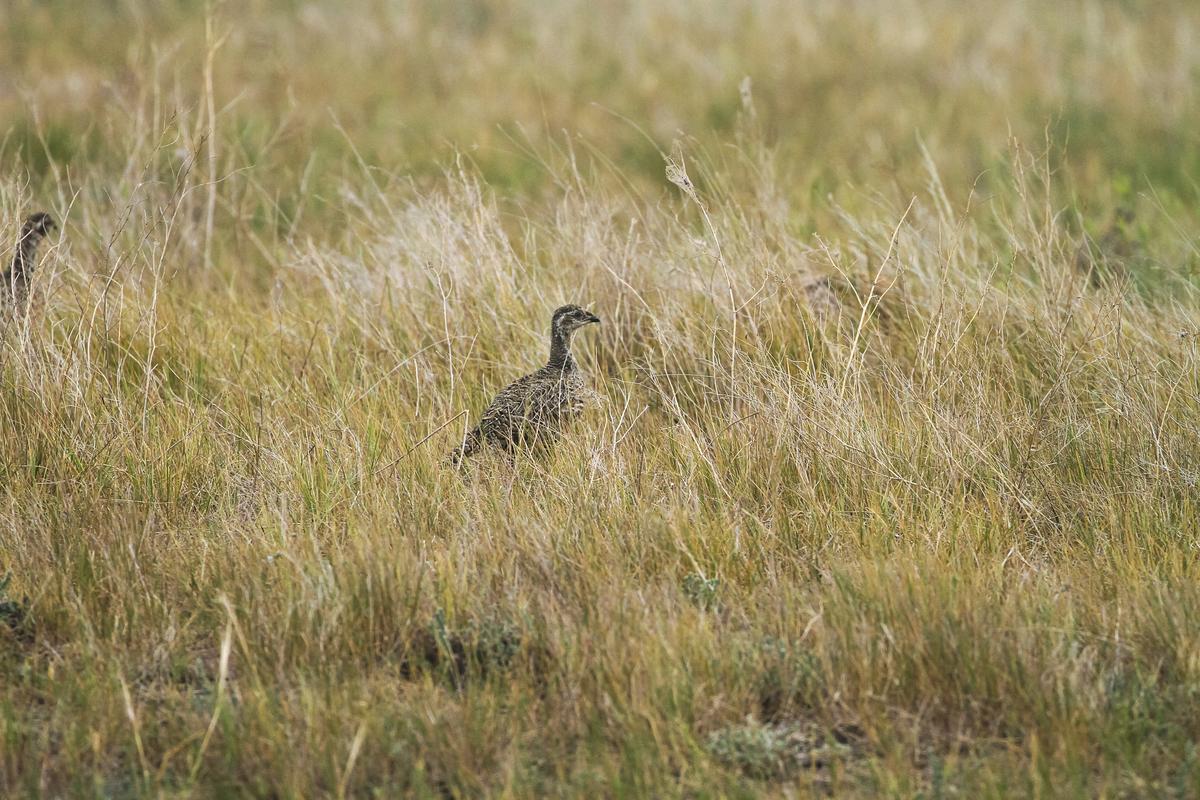
Parks Canada merchandise sales have helped the Greater Sage-Grouse conservation efforts in Grasslands National Park/Parks Canada
In other years, online purchases have supported bats at Thousand Islands National Park, turtles and a sustainable savannah at Point Pelee National Park, and kokanee salmon at Kluane National Park and Reserve.
In 2019, proceeds supported recovery actions for the endangered Greater Sage-Grouse at Grasslands National Park in Saskatchewan. The park bought cameras to assess the effectiveness of perch deterrents used to minimize the impact of road signs to the risk of predation.
While parks need traffic signs, they may provide unnatural perching opportunities to avian predators — like Great Horned Owls and ravens — of the grouse. This can lead to grouse avoiding their habitat or being killed. This, combined with other anthropogenic infrastructures like overhead power lines, impact the reproduction success of the birds and partially explain the lack of population growth in the park.
Since 2019, Grasslands has been developing a program to map the impacts of environmental change caused by human activities, implement activities to either remove or mitigate their effects — like decommissioning power lines or removing road signs.
So far Grassland staff believe perch deterrents have had a positive effect but need to do more research, especially for larger predators. In 2020-2021, new research helped them identify a perch deterrent model that’s effective with Great Horned Owls. They did an experimental trial in captivity but now plan to test the deterrents in wild settings and then, if they work, deploy them through the park.
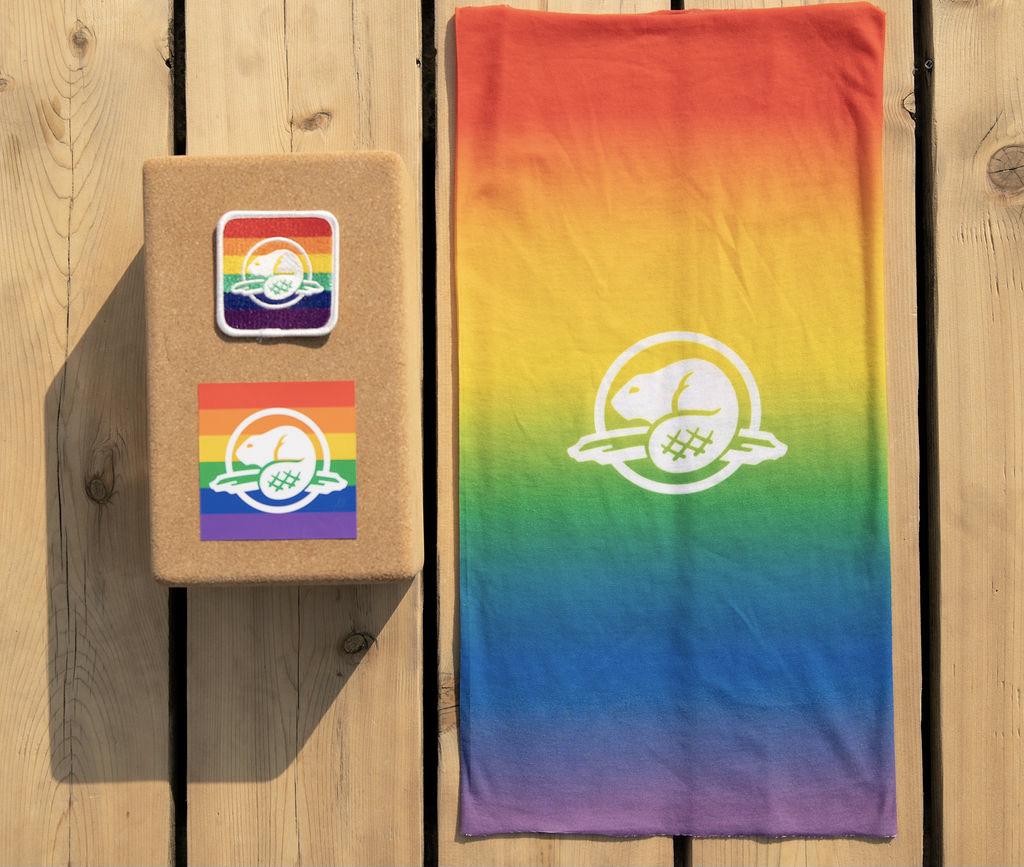
Parks Canada merchandise from the new Pride collection/Parks Canada
Parks Canada now carries at least 60 per cent Canadian-made items, carefully considering its supply chain in deciding what items to carry. Revenue from sales made in person stay with each park or site and get reinvested in local programs. The authorized Parks Canada line numbers just over 300. Some are general to Parks Canada (with the beaver logos) and some are site specific. New this year is a Pride collection — with Tuber’z (headband/hat/neck warmer), decals and embroidered crests — to express solidarity with LGBTQ+ communities.
The top online sellers are hoodies, tote bags (celebration tote followed by upcycled tote) and vintage calendars.
At the stores, site-specific goods sell best. The Vintage Collection and Signature Series have been “highly successful” and postcards, magnets and decals are popular.
Sirois says people are attracted to reusable items like bamboo utensils and stainless-steel straws. Upcycled tote bags are made from banners and flags that once flew in national parks and national historic sites.
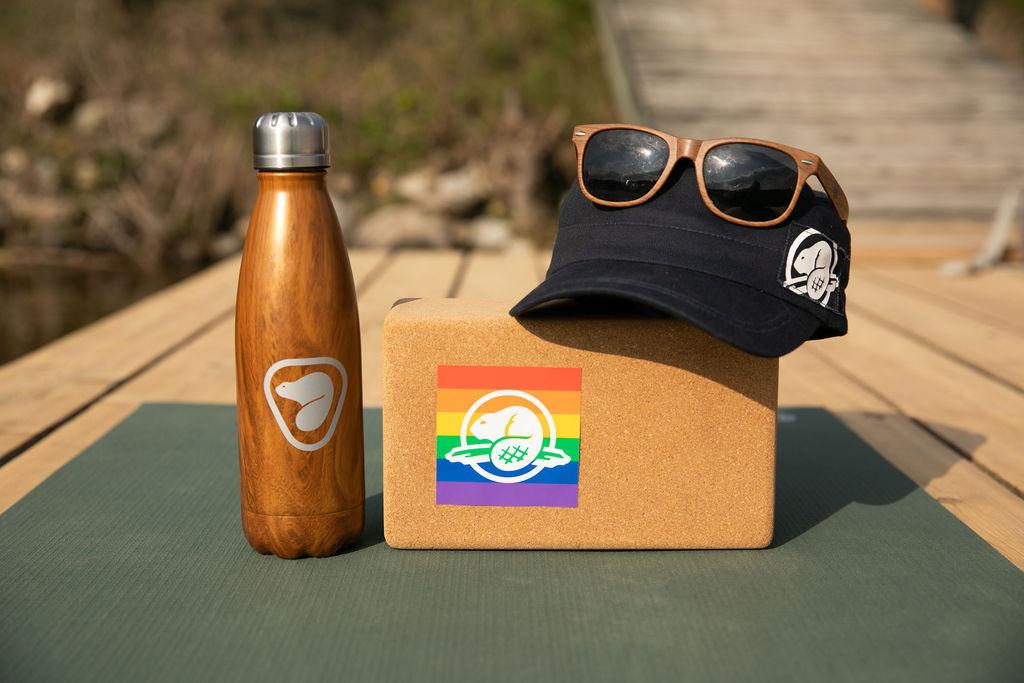
Look for the iconic beaver on authorized Parks Canada merchandise/Parks Canada
Before the COVID-19 pandemic hit in 2020, at least two-thirds of all sales happened in physical stores. Since then, more people are shopping online. “Just like the rest of the retail industry, we had a huge uptick in online sales,” says Sirois.
This is the first year that Parks Canada has been able to pick its national conservation project in advance and say online proceeds will support beluga whales. The project will get a preliminary and final installment of cash. Until now, it waited to tally up the annual revenue and then pick a project or two. The agency runs on a fiscal year of April 1, 2021 to March 30, 2022.
Compared to the National Park Service in the United States, or well-established museums and attractions, there is room for growth. “We don’t sell as much merchandise,” says Sirois. “I think that’s because it hasn’t been a big priority for us. But we can see there’s an interest, there’s a passion and we’re taking steps to engage people.”



Add comment